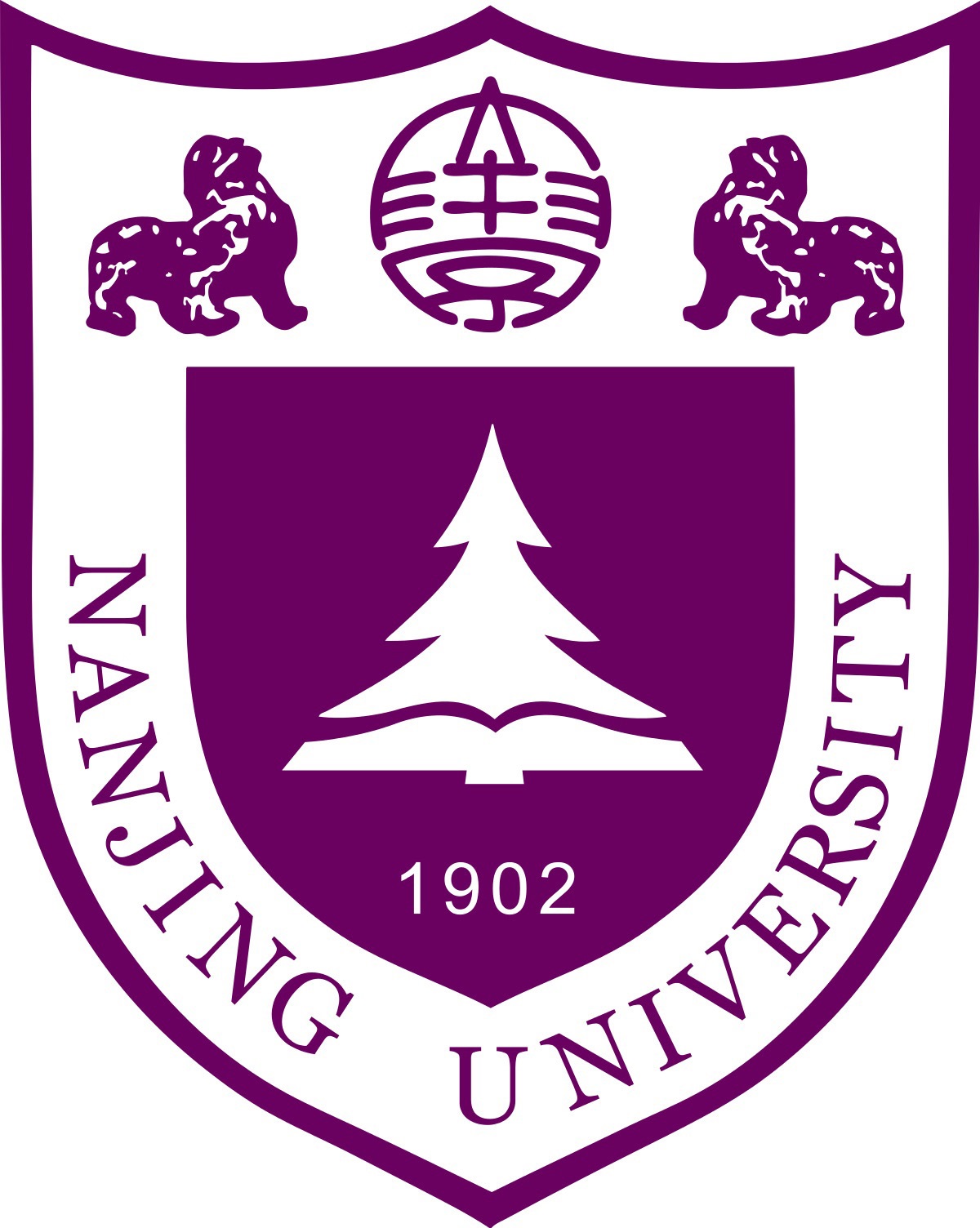Dual Diffusion for Unified Image Generation and Understanding
Diffusion models have gained tremendous success in text-to-image generation, yet still lag behind with visual understanding tasks, an area dominated by autoregressive vision-language models. We propose a large-scale and fully end-to-end diffusion model for multi-modal understanding and generation that significantly improves on existing diffusion-based multimodal models, and is the first of its kind to support the full suite of vision-language modeling capabilities. Inspired by the multimodal diffusion transformer (MM-DiT) and recent advances in discrete diffusion language modeling, we leverage a cross-modal maximum likelihood estimation framework that simultaneously trains the conditional likelihoods of both images and text jointly under a single loss function, which is back-propagated through both branches of the diffusion transformer. The resulting model is highly flexible and capable of a wide range of tasks including image generation, captioning, and visual question answering. Our model attained competitive performance compared to recent unified image understanding and generation models, demonstrating the potential of multimodal diffusion modeling as a promising alternative to autoregressive next-token prediction models.


